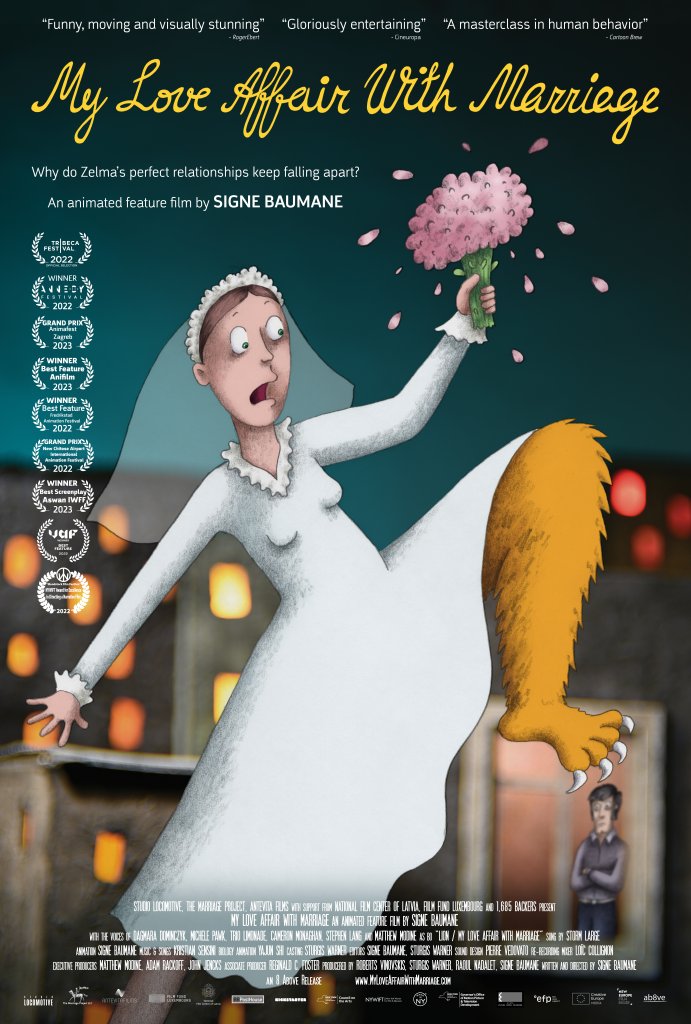Jon Frickey: Exploring self-identity in international animation, CAT


For a child, going to the doctor can be a nightmare. Even as an adult, one diagnosis can change your life. Just imagine being diagnosed as a cat! In this surreal animated film, a boy named Jiro learns, firsthand, this very thing. We’ve interviewed Jon Frickey, the film’s director, below.
Can you explain the story?
CAT DAYS is a story about identity. Jiro, a little boy, feels sick. His father takes him to see the doctor. She tells the father that Jiro has cat flu. According to the doctor, this is harmless. However, since only cats get cat flu, she believes that Jiro is probably a cat. With CAT DAYS, I wanted to present the audience with the feeling of a protagonist, the little boy Jiro, who does not know who he is anymore. His world gets shaken and his identity lies in the fate of a rather bizarre entity (the doctor, who also smokes in front of patients, by the way).
Jiro tries to cope with the situation and tries to be somebody who he is not. But in the end, he realizes that everything is quite simple actually.

How exactly does someone “be” a cat? Is this symbolic of something?
In structural terms of storytelling, the cat may be a placeholder for any non-chosen identity. By which I mean an identity given to you, whereas to YOU, it is absolutely clear, that THIS IS NOT WHO YOU ARE. And as the given identity is a cat, it is should be clear to the audience, that something isn’t quite right. I probably could have chosen any animal, but I felt a cat was right: they are unpredictable and have a wild streak, but also a gentle, almost human side.


What inspired the art style?
The story actually. I wanted to keep it simple and pleasant since the story is so ambiguous.
In a way, this was a foreign co-production, especially with the voice actors being Japanese actors based in Germany, what benefits and issues does that setup have?
When I had the idea for the film, we were staying in Kyoto for a couple of months. So, in my head, the film always took place in Japan. And when production started, I just stuck to that. The voice recordings were the nicest part of the production. Together with my friend Takashi Horiguchi, an artist from Kyoto, we cast the children’s voices at the Japanese School of Hamburg, Germany. Kanon Yamamoto got the role of Jiro, and Iroha Sato voices the girl. In real life, they are also friends and quite similar to the characters in the film. Another girl, Yuna Fujiwara, was so good in the audition, that I made up the narrator role for her. The father and the animal shelter worker are Japanese actors, Yusuke Yamasaki and Fumio Okra, while the doctor is voiced by a Shinobu Sawada, who actually works in the administration of the Japanese School. She looks like the doctor, by the way, but without all the crazy.

How did you become interested in animation?
To me, it is the most efficient way to tell a story or share an atmosphere. As an animator, I don’t need much equipment and no human resources. You can just start whenever you want to. Well, I do recommend a storyboard first…

Why don’t we see Jiro’s mother?
It seems to me that she has not been living with Jiro and his father for a while. In my imagination, she is dead, to be honest. Also, in Japanese, “Jiro” is a name usually given to the second son. So that opens up a few possibilities, perhaps the family is separated.
What future projects are you working on?
I really do not know, and if I did, I could not tell, because that would be a way to jinx a project.











Responses